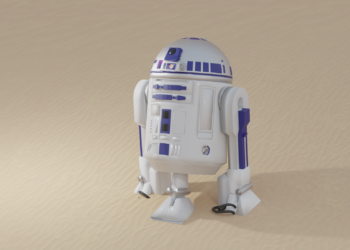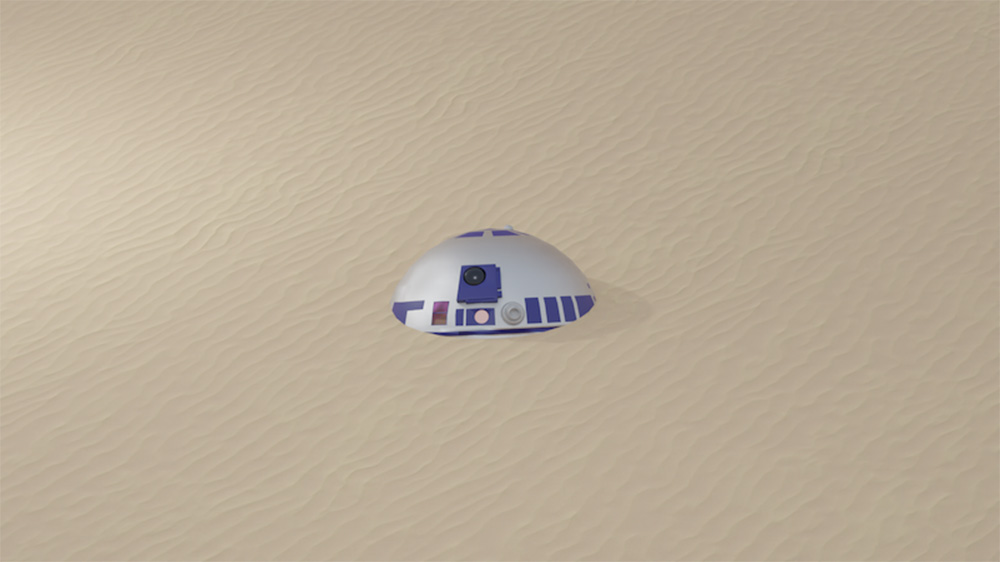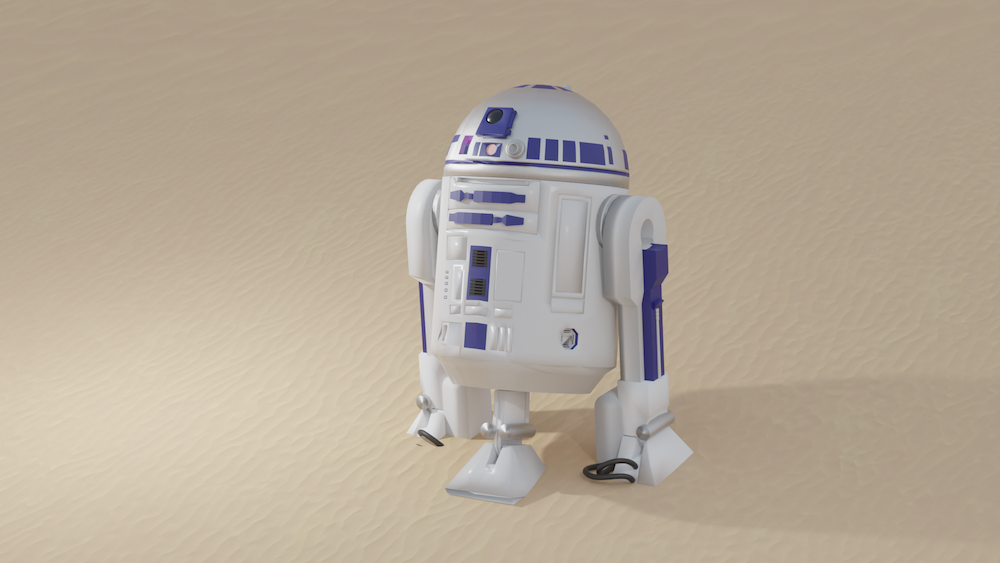Digital fashion refers to clothing and accessories that exist purely in the digital realm, created using computer-generated imagery (CGI) and 3D modelling techniques. It combines elements of fashion, technology, and art to create virtual garments that can be worn and showcased in digital spaces, such as virtual reality (VR) environments, online gaming platforms, and social media. Because of these factors, digital fashion holds great potential for an interdisciplinary case study in the field of media design. It combines factors from different disciplines and intersects in a way that presents both enormous potential and considerable challenges in the design process. Over the next blog entries, I will present several factors of digital fashion that are relevant and interesting to investigate in a further research project. This blog entry presents a brief topic overview to establish some of the main areas of the topic.
History
As an introductory entry, it will be interesting to take a closer look at the history of digital fashion. Arguably, the core concept of digital fashion has existed since the development of digital animation and computer games. These two areas have provided the most opportunities to showcase digitally designed and created garments. In a future blog entry, the history of digital fashion will be revisited in more detail.
Digital Fashion for Avatars
In the gaming and virtual reality space, digital fashion is gaining popularity as a way for users to customize the appearance of their avatars. Players can purchase or earn virtual clothing items to enhance the aesthetics of their digital personas.
Collaborations and Digital Fashion Brands
Traditional fashion brands are starting to collaborate with digital artists and designers to create limited-edition virtual collections. Some brands are also emerging specifically as digital fashion entities, focusing on creating unique and innovative digital clothing. Some of the collaboration projects also tie in with the previous topic as they have taken place in the video game sphere. Most notably, the 2021 collaboration between luxury fashion brand Balenciaga and the gaming studio Epic Games for the popular game Fortnite has made waves in the business. A future blog entry will explore said collaboration in more detail as a case study.
Virtual Fashion Shows
Designers are increasingly exploring the possibilities of presenting their collections through virtual fashion shows. These events take place in digital environments, allowing for unique and immersive presentations that go beyond the constraints of traditional runway shows. This has gained relevance especially in the pandemic years and will be looked at in more detail, with a special focus on differences in potential between real life and virtual fashion shows and what the introduction of the new possibilities could mean for the fashion industry in the future.
Sustainability
Digital fashion is often touted as a more sustainable alternative to traditional fashion. Since there is no physical production involved, there is no need for raw materials, manufacturing, or shipping, potentially reducing the environmental impact associated with the fashion industry. At the same time, the discussion around digital products and their sustainability is a point of contention on its own, since the ever growing need for larger server farms, computers and their energy consumption need to be weighed against traditional forms of production.
NFTs and Digital Ownership
Some digital fashion items are being sold as NFTs, providing a sense of ownership and authenticity in the digital space. Buyers can use these NFTs to showcase and trade their virtual fashion items within specific platforms. This is especially interesting because it brings up discussions around the value of digital products in general, the merit of owning a purely virtual item and the relationship to the analogue equivalent of attributing value to fashion items. An intersting point of discussion for this topic is also the relationship between original fashion pieces and fake products or counterfeit items in the real world and in digital space.
Augmented Reality (AR) Fashion
AR technology allows users to superimpose digital clothing onto their real-world surroundings through smartphone apps or AR glasses. This enables users to experiment with different looks without physically trying on clothes. This also ties in with the previous topic of digital ownership and how this might be handled in AR spaces.
3D Modelling for Fashion Design
Digital fashion designers is mainly done in 3D modelling software to create detailed and realistic virtual garments. This process enables them to experiment with unconventional materials, shapes, and designs that may be challenging or impossible to produce in the physical world. A closer exploration of material qualities and possibilities in digital space will be continued in its own blog post.
Digital fashion is a dynamic and evolving field that continues to push the boundaries of creativity and technology. As technology advances, we can expect to see even more integration of digital fashion into our virtual and augmented reality experiences.


